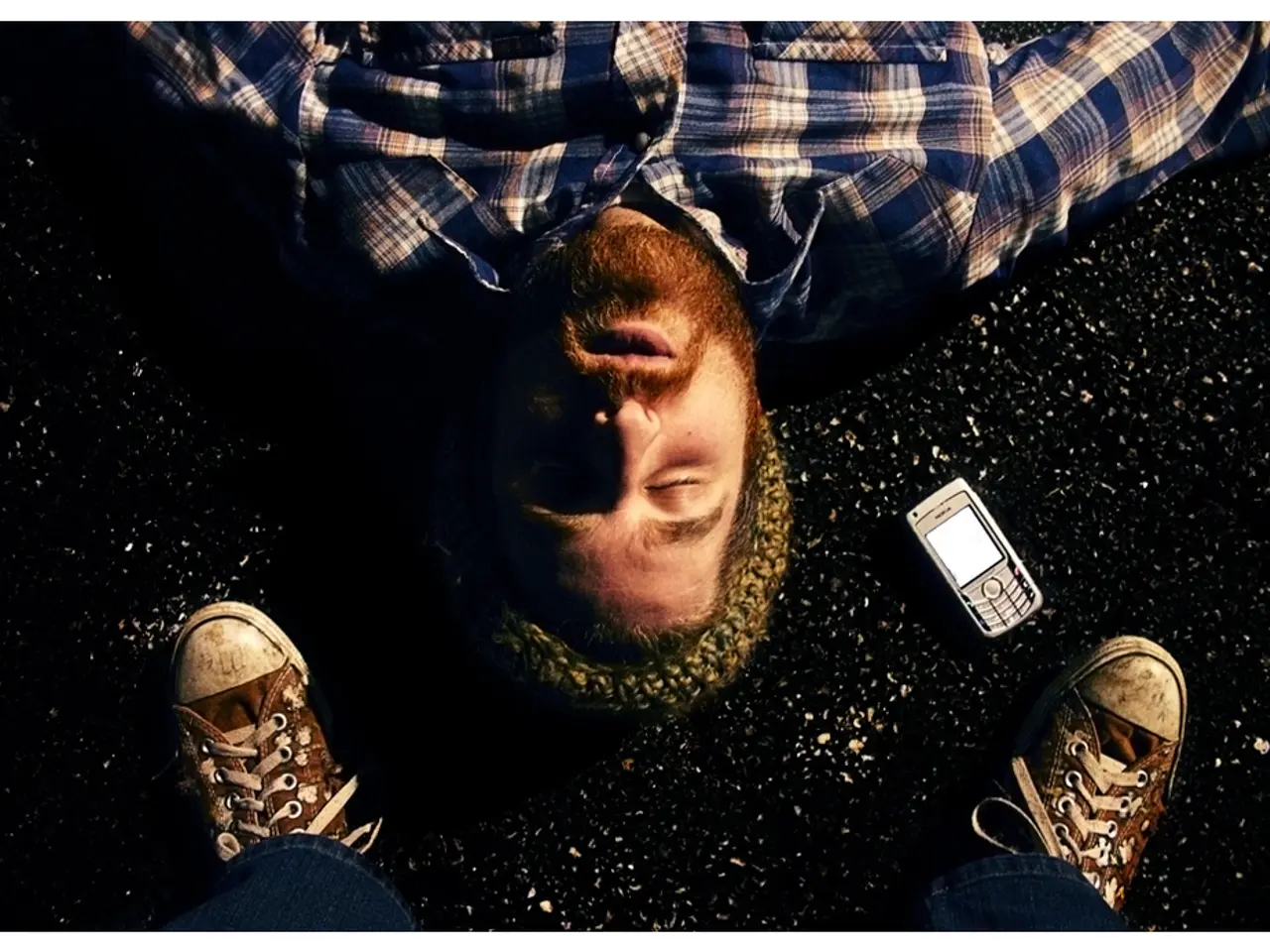Biometric identification through gait analysis: Demonstrate your stride, and I'll reveal your identity
In the realm of biometric technology, gait recognition has become a subject of debate, with human rights organizations expressing concerns about potential risks to privacy and human rights. Organisations such as Privacy International and Amnesty International have long viewed pedestrian recognition critically.
The European Union's PopEye project, coordinated by the Austrian Institute of Technology (AIT), is researching various biometric methods, including gait recognition. The AIT, however, clarifies that it does not work directly in the field of gait recognition but is focusing on understanding the technology’s limitations and risks. The project aims to enhance security at EU borders by deploying advanced biometric technologies for identity verification in motion.
The PopEye project is also involved with Frontex, the European Border and Coast Guard Agency, which lists the project on its website. The EU is currently researching the use of gait recognition at the border under the PopEye project, with the research set to continue from October 2024 to September 2027.
Meanwhile, in the retail sector, the Rewe supermarket in Berlin uses hundreds of surveillance cameras and AI from the Israeli company Trigo to optimize retail operations. However, Trigo denies using gait recognition, stating their system distinguishes between buyers using computer-based vision. Biometrics expert Jan Krissler (alias starbug) assesses that capturing body features is the essence of biometrics, and what's happening with Trigo.
Human rights activists have demanded a ban on gait recognition, citing potential risks to privacy and human rights. Amnesty International advocates for a comprehensive ban on remote biometric identification for public space surveillance, including pedestrian recognition.
Elsewhere, the Russian regime and the Chinese government are said to be using biometric gait recognition. China had already introduced surveillance through gait recognition in 2018, through police departments in Beijing and Shanghai. The Chinese government is driving research into gait recognition, with one of the larger datasets based on video data from a supermarket.
Frontex estimates that it will take at least another ten years for biometric gait recognition to become commonplace. A study by TU Munich found that gait recognition using a skeletal model can work better than via silhouette.
In the Rewe supermarket, cameras do not capture facial images; instead, they capture a schematic representation of visitors' bone structure for biometric gait recognition. The technology, whose details Trigo wants to keep secret, is already being used in several European countries.
As the debate on gait recognition continues, it is essential to ensure that any technology developed and used complies with EU regulations and respects fundamental rights, as emphasized by the AIT.
Read also:
- EPA Administrator Zeldin travels to Iowa, reveals fresh EPA DEF guidelines, attends State Fair, commemorates One Big Beautiful Bill
- "Divine Protections Failed: Father Battling for Life After Flesh-Eating Bacteria Infection"
- Innovative Company ILiAD Technologies Introduces ILiAD+: Boosting Direct Lithium Extraction Technology's Efficiency Substantially
- Nuclear Ambitions at a U.S. Airport Spark Controversy, With Opposition Swelling








